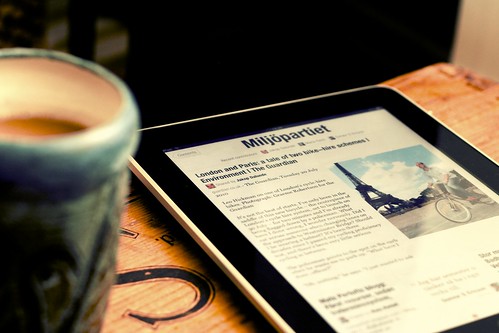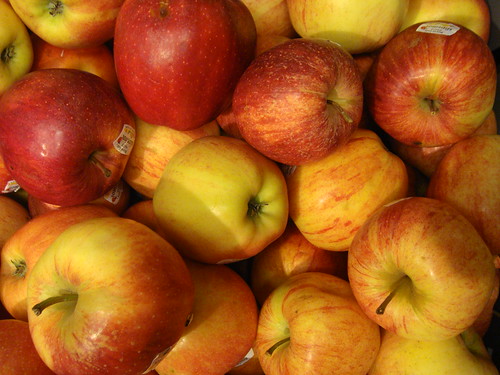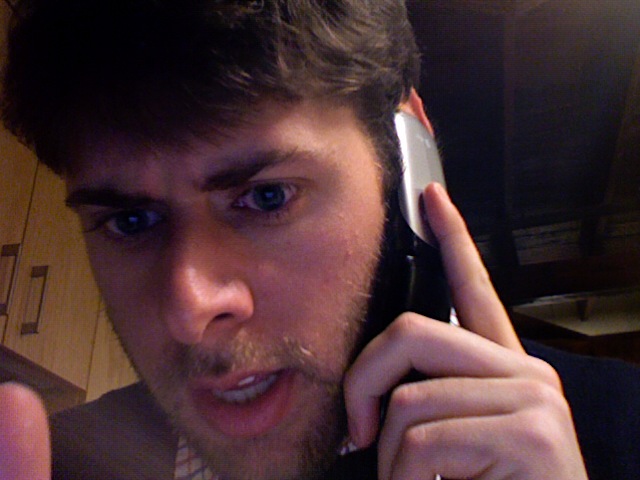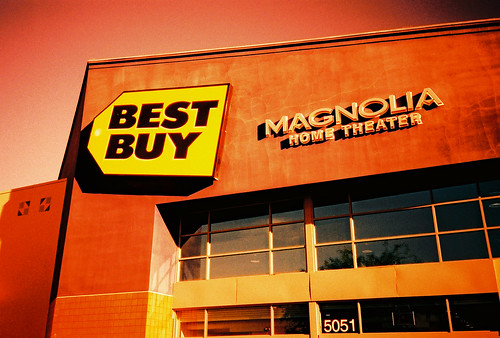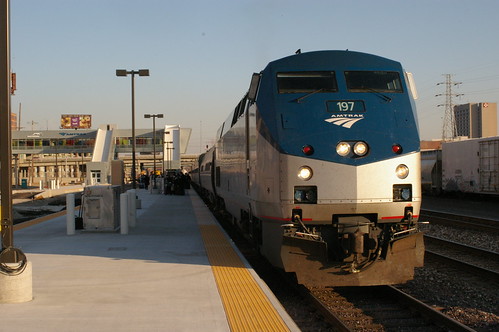
It is 72 degrees in St. Louis today, and it is January. This, by itself, would be considered unusual, except that today, something even more unusual is happening:
I am traveling on Amtrak.
When I was a kid, living just outside Washington, D.C., I used to love traveling by train. I loved riding D.C.’s subway, the Metro. I knew every stop on the Red Line. I knew every transfer point. I used to love traveling down to D.C.’s Union Station, and on the rare occasion in which we got to hop on a train and head to New York, I was always terribly excited. Such an elegant, simple form of transportation, I thought; a big coal engine powering towards the big city.[1. Of course, I didn’t grow up in the 1820s, but I was riding in coach. You can’t really see much from way back there. Also: When you’re a kid, you believe what you want to believe. So… yeah. Coal engine it was.]
Still, when I got older, riding trains lost its luster. I remember when I was a kid, I saw an episode of “Reading Rainbow.” LeVar Burton rode along the American Southwest by train, sleeping in a private sleeping car, the cities rolling by as he dreamt.[2. I just Googled “LeVar Burton Amtrak” and the VERY episode I was thinking of is available for streaming, in full. Internet, you amaze me sometimes.] No billboards, no roadside chains. Just a railroad cutting a wide swatch through open countryside.
When I went to school out in Missouri, I told my friends that I wanted to go home for winter break once by Amtrak. Just a short train from St. Louis to Chicago, then an overnight home to D.C. My friends looked at me like I was suggesting Spring Break: Darfur.
Looking back, I’m not all that suprised by their reaction. I’d like to think my friends feel the way most Americans feel about Amtrak: As though it’s slightly less desirable than traveling via oxen-led wagon. Travel to Europe, and the trains there are new, fast, clean. Barcelona to Madrid in 2.5 hours! Wide seats! Quiet cars!
By comparison, Amtrak feels like riding in a Yugo. Right now, I am sitting in an Amtrak car, traveling north to Chicago. To travel the distance via Megabus — the low-fare coach famous for $1 seats — would’ve cost me $66 each way. On Amtrak? $28.80.
Megabus comes with 120 volt electrical ports at every seat, and WiFi throughout.
This Amtrak train, by comparison, lacks air conditioning. It’s 72 degrees outside, and pushing 80 inside the car.
I am sweating and sweating, and I have already stripped off two layers of outerwear, and I am starting to understand why Americans look at the Amtrak experience the way it very well may be intended:
As a form of punishment.
❡❡❡
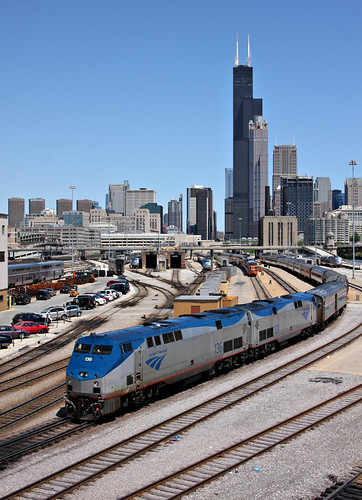
Flying kind of feels like that too, these days. It didn’t use to. I remember this airline that used to fly out of D.C.’s National Airport, called Business Express. They served me biscotti cookies, and it’s likely that no one in recorded human history has reacted to biscotti cookies with quite as much excitement as I did that day. Flights meant meals, and airplane wings to pin to your coat, and sometimes even in-flight movies. I reminded my mom the other day of the flight we took out to Salt Lake City when I was in first grade. I told her that they showed “Mrs. Doubtfire” on the flight.
She wanted to know how I could remember such a thing, but really, how could I ever forget?
I was 6.
They showed a funny movie on an airplane.
At that point in my life, it was probably the single funniest movie I’d ever seen.
I was in the sky, watching a funny movie.
How could I ever forget that?
❡❡❡
I’m actually not moving from this very Amtrak car, even as the temperatures rise. The motor for the A/C whirs and whirs, but nothing cool seems to blow out of the vents. The car up ahead is cooler, maybe even in the 70s. But it’s also packed with teenagers, and loud. My car, for all the heat, is at least quiet. People keep standing up from my car and moving elsewhere. The car keeps getting less and less crowded. And somehow, the thought of five hours in a quiet sauna seems to beat five hours of noisy chill.
❡❡❡
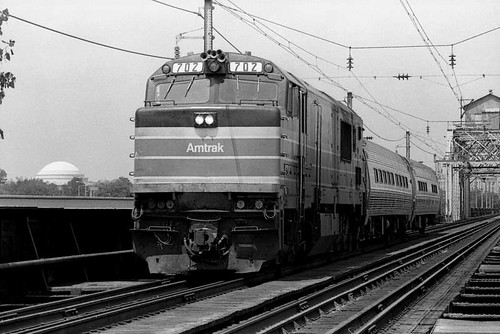
We stop in Alton, Illinois. There is a sign on the platform, white text on blue background, that says so. It is about the size of a piece of loose leaf paper.[3. The sign, that is, not Alton, though it’s possible the latter is true as well.]
This is somewhere, I guess.
❡❡❡
There are a lot of kids on this train, and I think I’m starting to understand why parents — especially the single parents who seem abundant on this train — would prefer Amtrak to other forms of transport: It’s easy to be a kid on a train. There’s lots of space to move, and there’s no real understanding among the passengers about how to behave on these things. The couple behind me is gossiping and eating Triscuits. In the car behind me, a group of teenage girls moves in pack, squealing each time the train takes a bump and throws them off their stride. Two girls in black, kind of in goth dress but without any of the hallmark makeup, appear to be power walking up and down the train, though I’d expect to see a pedometer or two soon if they’re to keep up this pace. The kids, meanwhile, almost skip-walk through the train, alternately noisy and silent.
We’re traveling through strange, unidentifiable land, and as long as people keep their hands and feet inside the vehicle, nobody seems to even notice — or at least, mind — what anyone else is up to.
❡❡❡
I suppose I’m building to a point here, which is that travel has this strange, wondrous quality when you’re a child. It’s magic, really: The Journey! To unknown lands! The airplane stewardness hands you a pair of pin-on wings, and suddenly you feel like an explorer of the skies, venturing into the unknown. Or you’re on the road, and the miles roll by in your mom’s stationwagon. You’re playing the license plate game, and every state feels like a new discovery. It is new, and it is strange, and it is wonderful, so much so that you hardly even notice how uncomfortable travel is.
Or maybe uncomfortable is the wrong word. Unremarkable is more like it. The thrill of travel wears off. It becomes common, and then dull, and then a nuisance. This trip to Chicago? Five hours, and even though I don’t have to do anything other than sit here, it’s almost annoyingly plain. A big part of these trips — or layover-induced waiting, for that matter — is just finding a way to endure the boredom.
Maybe that’s why adults hardly ever seem to get excited about travel. I can remember only one exception: In seventh grade, my family flew to London, and we did so in British Airways’ business class. When we landed at Heathrow, my father and I were the last ones to disembark. Neither of us wanted to leave the plane. We’d never before been treated with such hospitality.
❡❡❡

I start looking for that old travel magic, and I find it in the seat pocket. Well, the lack of things in the seat pocket, at least. There’s no magazine on this train. Nothing but a safety guide. On airplanes, I love flipping open the in-pocket magazine to the back pages, and tracing my fingers over the route map. There’s no such map here, and no signage as to where we’re actually traveling. This train makes stops, but I don’t know where. I am somewhere in Illinois, and I am traveling at moderate speed in the general direction of Chicago. I have no real idea where I am. I do not know the route. Aside from a passing Wal-Mart, nothing much seems familiar.
I am headed towards Chicago, and I am confident that I will get there, though I do not exactly know how.
❡❡❡
We make a stop in Carlinville. The station is about the size of a Chevrolet Suburban. Maybe smaller. It’s not clear how the conductor even knows to stop there. I imagine some days, the train passes right on through Carlinville, only to realize at the next stop that they’ve left passengers behind.
❡❡❡
The air conditioning comes on. Well, maybe not A/C. But air that could definitely be described as “not hot.” This, as far as I am concerned, is major progress.
I’m upgrading my Amtrak experience from “travel-themed punishment” to “not entirely uncomfortable.”
I’m also beginning to notice — and I’m not sure if it was like this the whole time, or it’s just because the sun is down at about 10 o’clock on the horizon, and the light is just so — but the windows seem shaded in such a way that the world outside has this sepia glow. I feel like I’m traveling through a moving Instapaper portrait of America, and it’s actually rather soothing.
I’ve decided to re-upgrade my Amtrak experience to “not all that bad, now that I think about it.”
And other things, too: The seats are decently wide, and the leg room is considerably more generous than coach seats on planes. Parking at St. Louis was easy — even securely gated — and I didn’t have to put my bag through an x-ray machine or take my shoes off before getting on the train.
I decide to hold my Amtrak experience at “not all that bad, now that I think about it.” For now, at least.
❡❡❡
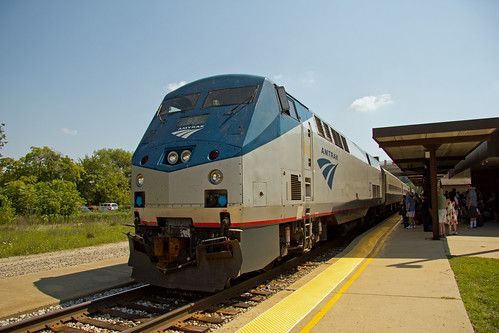
We coast into Springfield. That seems like the right verb here. Speeds into Springfield is certainly not right. It doesn’t seem like the conductor is trying to stop the train, either. Mostly, it seems like he’s taken his foot off the pedal, and we’re just hoping to lose inertia by the time the platform arrives.
We coast into Springfield.
On the left is a big domed building, that concrete-gray that all the government buildings back home have, and then a darker gray dome on top. I am not sure if it is gray, or cobalt, or maybe a charcoal offshoot of gray. I don’t know much about colors, but I do know enough about domes to guess that it’s the Capital building for this state. It is probably the last thing I will see before it gets dark.
And it is getting seriously dark now. The not-hot air continues to blow above me, and Chicago is up ahead, though I am not sure where. I am confident I will get there, but I do not now how.
The train starts to fill up. I’ve got an empty seat beside me for now, but I probably won’t by the next stop. There are four or five cars on this train, 19 rows in each car, four seats in each row. The ticket-taker tells me that by Chicago, they’ll all be full.
Who knew that this many people still traveled by train?
We coast into Springfield, and then we roll onward to Chicago, into the dark.

